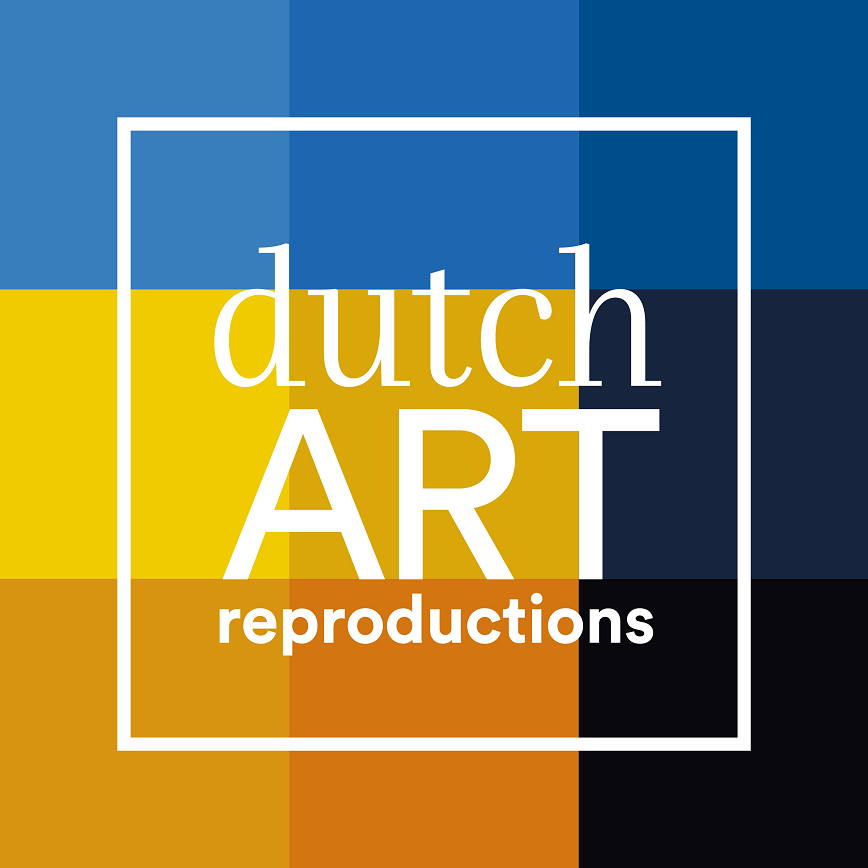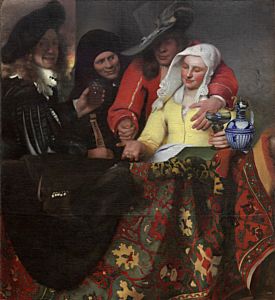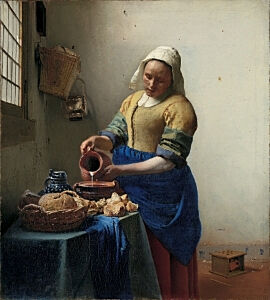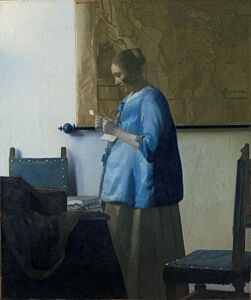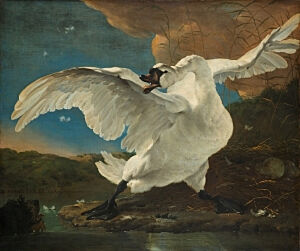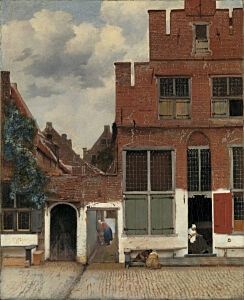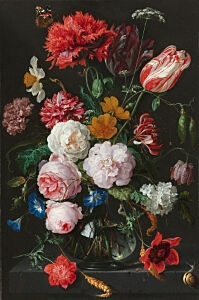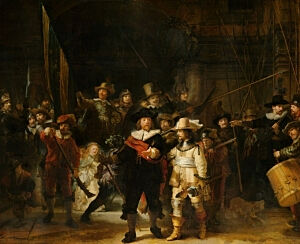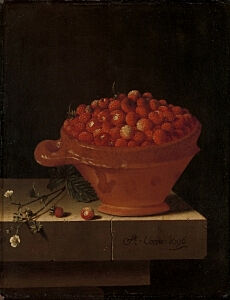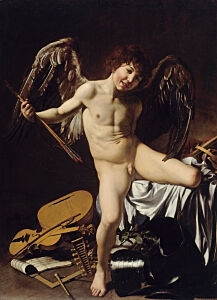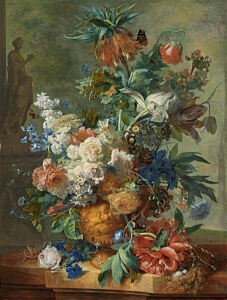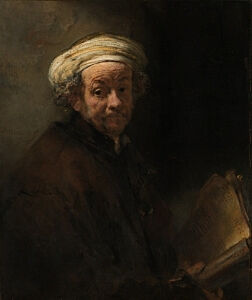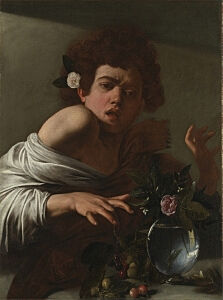We use cookies to make your experience better. To comply with the new e-Privacy directive, we need to ask for your consent to set the cookies. Learn more.
Rijksmuseum
The collection of paintings from the Rijksmuseum gives an overview of Dutch painting from the 15th century to around 1900. The emphasis here is mainly on the 17th-century Dutch Masters. The museum also has a small collection of Southern Dutch and Italian masters.
The various masterpieces are presented in the hall of honor, a large hall in the longitudinal axis of the museum. At the end of this room is the most famous work of the museum, The Night Watch by Rembrandt, in The Night Watch room. In the years 1950 to 1990 the book ‘120 Paintings from the Rijksmuseum’ was published, containing black and white photographs of a selection of 120 paintings from the museum. In 1808 the museum moved to Amsterdam by order of Louis Napoleon. From 1809, the collection of the Rijksmuseum together with the art collection of Amsterdam, was housed on the top floor of the Palace on Dam Square. The new director, Cornelis Apostool, was tasked with putting together a catalog of objects. In 1817 the collection of the Rijksmuseum, as it was called after the accession of William I, moved to the 17th-century Trippenhuis. After the fall of Napoleon in 1815, an important part of the artworks, which were brought to Paris by the French from 1795 onwards, were reclaimed by the Netherlands.
The print collection from The Hague was also housed here, while the historical objects were moved to the Royal Cabinet of Rarities, established in 1820 in The Hague. Unlike under his predecessor Roos, hardly any major purchases were made under the directorship of Apostool (from 1808 to 1844). The Rijksmuseum building with more than 80 rooms is located between the Stadhouderskade and the Museumplein in Amsterdam-Zuid and is owned by the State and is managed by the Central Government Real Estate Agency.
On the side of the Museumplein is the South Wing, in which temporary exhibitions are held. In the gardens there is the entrance building, the Teekenschool and the former director's residence, nowadays the office for the curators. On the other side of the Hobbemastraat is the Management Building and the Atelier building, in which the restoration department is located.
Rijksmuseum
-
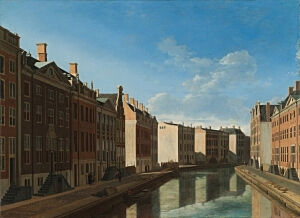
-
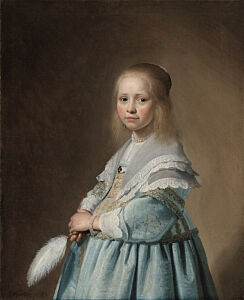
-
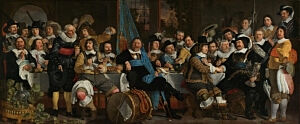 Banquet at the Crossbowmen’s Guild in Celebration of the Treaty of MunsterCanvasBartholomeus van der HelstFrom€144.00
Banquet at the Crossbowmen’s Guild in Celebration of the Treaty of MunsterCanvasBartholomeus van der HelstFrom€144.00
